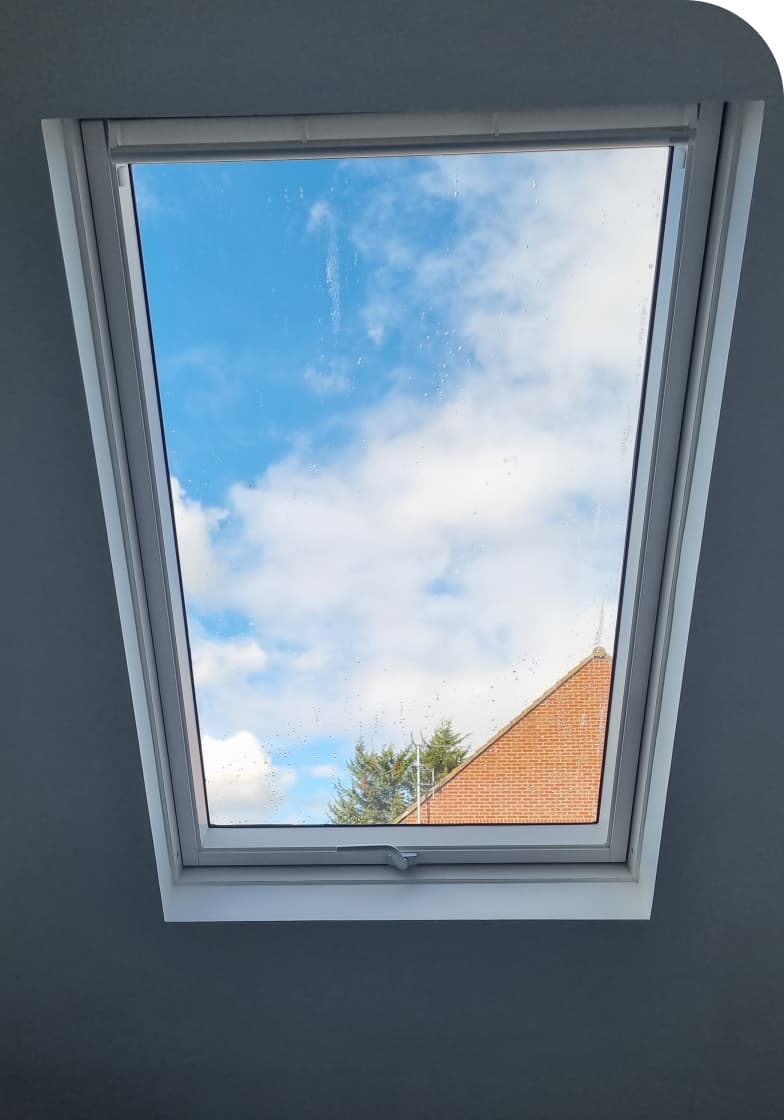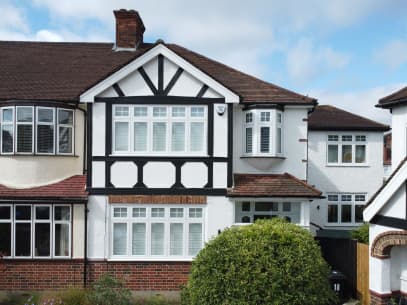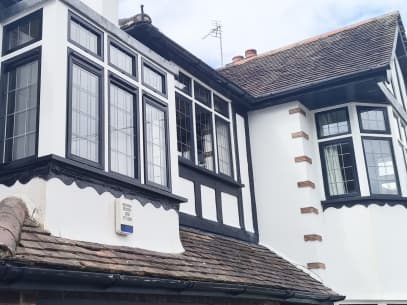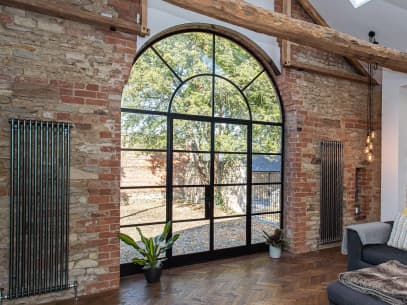Is Velux Windows Installation right for my property?
Design and Variety
Velux windows are known for their sleek, modern designs that fit seamlessly into the roofs of both traditional and contemporary homes. They come in a variety of sizes and styles, including centre-pivot, top-hung, and even balcony options. Each design ensures that they can be installed in different room settings, maximising natural light and enhancing ventilation.
Durability
Made with high-quality materials, Velux windows are durable and designed to withstand harsh weather conditions. They are also equipped with special seals and coatings that resist water, ensuring long-lasting performance without leaks.
Light and Ventilation
These windows are particularly valued for their ability to bring abundant natural light into under-roof spaces, making them ideal for attics, lofts, and extensions. The ventilation features are also superior, with various opening mechanisms that help maintain air quality and moisture levels within the home.
Smart Features
Some Velux windows incorporate advanced technology, including remote-controlled and solar-powered models that can open and close automatically based on the weather. They can also be fitted with automatic blinds or shades to control light levels.
Energy Efficiency
Velux windows are built to offer excellent thermal insulation, contributing to energy savings by maintaining a stable interior temperature and reducing the need for heating or air conditioning. Many Velux windows come with double or even triple glazing, along with energy-efficient coatings that further enhance their performance.
Installation and Maintenance
Velux provides detailed installation guides that make them relatively straightforward to install, though professional fitting is recommended to ensure optimal performance. Maintenance is minimal, usually involving occasional cleaning of the glass and frame.
Trust Professional Velux Installers
Book Your Free Velux Window Survey on:
Let the light go through the roof!
Enhance the brightness and airiness of your interiors and add a modern and stylish element to your home or building.
Installing skylight windows in a South London home is a superb way to maximise natural light, especially in densely built-up areas where traditional windows might face obstructions. Skylights enhance privacy while flooding your interiors with daylight, transforming darker rooms into bright, airy spaces. Additionally, they offer the opportunity to improve ventilation and energy efficiency, making them a practical and aesthetic upgrade to any home.
Design and Placement
Skylights are typically installed on the roofs of homes and buildings, allowing sunlight to enter from above. This placement is particularly beneficial in areas where side windows cannot be installed or where privacy concerns restrict their use. Skylights come in various shapes, including flat, domed, pyramidal, and tubular, each designed to suit different architectural styles and personal preferences.
Natural Light and Ventilation
One of the primary benefits of a skylight window is its ability to enhance natural lighting, significantly brightening up interior spaces without the need for artificial light during the day. Many skylights are operable, meaning they can be opened to allow fresh air to circulate, improving ventilation and reducing the reliance on air conditioning systems.
Energy Efficiency
Modern skylights are designed with energy efficiency in mind. They are often double or triple-glazed to reduce heat transfer, helping to maintain a consistent indoor temperature. High-quality seals and flashing prevent air leaks and water intrusion, contributing further to their energy-saving capabilities.
Aesthetic Appeal
Skylights can transform the aesthetics of any space, making rooms feel larger and more open. They are often used in living rooms, kitchens, and bathrooms to create a focal point that adds a significant wow factor to the decor.
Installation and Maintenance
Installing a skylight requires careful planning to ensure it is properly integrated into the roof structure. It is crucial to consider factors like roof slope and local weather conditions during installation. Maintenance typically involves regular cleaning of the glass and checks for leaks or damage around the seals and flashing.

Interested?
Click here to request a Free Velux or Skylight Window Survey.





